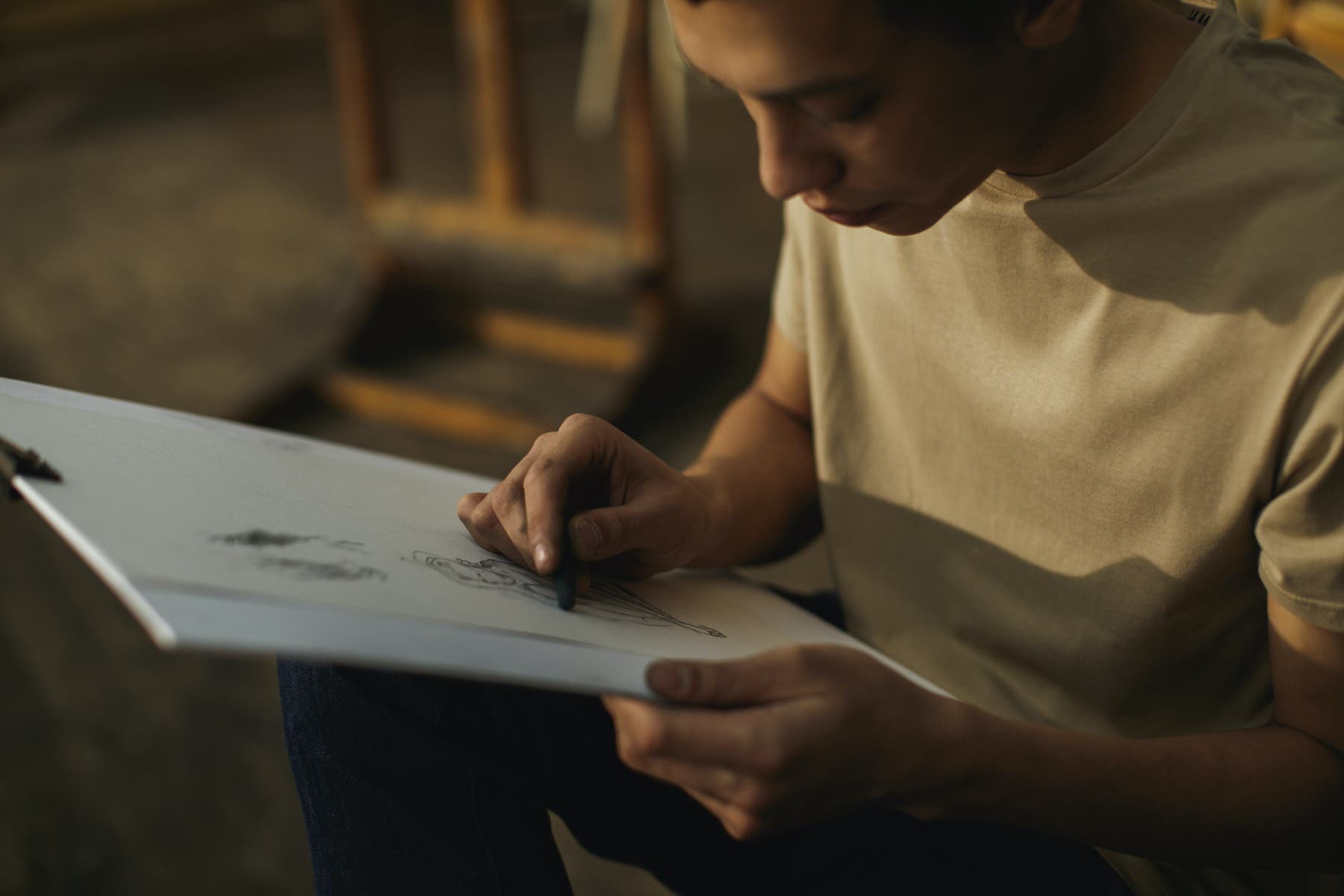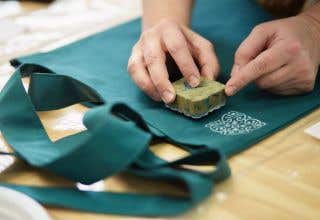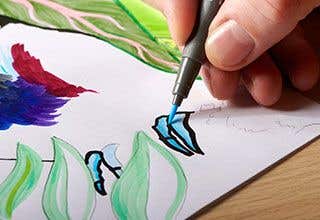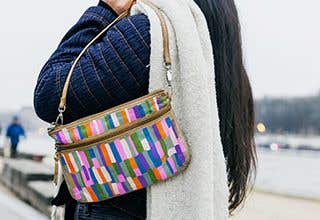Charcoal, with its ancient origins dating back to prehistoric times, has stood the test of time as an indispensable medium in the world of art. Its availability and depth of expression have captivated artists for millennia. Within the realm of charcoal, two popular forms stand out: compressed charcoal and willow charcoal. In this article, we will journey through the rich history of charcoal in art and explore the characteristics that set compressed and willow charcoal apart.
A Brief History of Charcoal in Art
The use of charcoal in art can be traced back to prehistoric cave paintings, where early humans utilized charred sticks to create marks on cave walls. This rudimentary form of charcoal was the first step in the long and storied relationship between art and this versatile medium.
Ancient Egyptians used charcoal as a versatile medium in both art and writing. They employed charcoal as a primary component to create black ink for their hieroglyphic writing system, which adorned papyrus scrolls and temple walls, documenting religious texts and historical records.
During the Middle Ages, charcoal remained an indispensable medium in European art studios. It was during the Renaissance that charcoal sketches gained prominence as artists like Leonardo da Vinci and Michelangelo used them to refine compositions and study human anatomy. The expressive nature of charcoal continued to resonate through the centuries, leading to its enduring popularity and usage in various art movements.
The style of charcoal drawings that we are most familiar with today were perfected in France in the nineteenth century and taken to new expressive heights by artists such as Georges Seurat and Odilon Redon.

Compressed Charcoal
Compressed charcoal emerged in the late 19th century, offering artists a more consistent and versatile drawing medium. It is created by grinding down charcoal into a fine powder, which is then mixed with a binder and compressed into solid sticks or blocks. The presence of binders allows for varying hardness levels, ranging from soft to hard.
Advantages and Uses of Compressed Charcoal:
Bold and Intense: Compressed charcoal excels at producing deep, dark marks, making it ideal for achieving strong contrasts and dramatic effects in drawings. It is highly effective for rendering shadows and adding depth to artwork.
Controlled Lines: Artists value the precision and control that compressed charcoal provides, making it a favoured choice for detailed drawings and academic sketching.
Layering and Blending: Despite its initial darkness, compressed charcoal can be layered and blended to achieve various tonal values, catering to different artistic styles and techniques.

Willow Charcoal
Willow charcoal, on the other hand, presents a more organic and traditional alternative. It has been in use since ancient times and is made from the thin branches of willow trees. The branches are burned in a controlled environment, resulting in soft, cylindrical sticks of charcoal. Willow charcoal possesses a rougher texture and a natural lustre, setting it apart from its compressed counterpart.
Advantages and Uses of Willow Charcoal:
Expressive and Fluid: Willow charcoal's strength lies in its ability to create fluid, expressive lines that add spontaneity and liveliness to artwork. Its varying thickness allows artists to produce both bold strokes and delicate, wispy lines.
Blending and Versatility: Willow charcoal's soft texture makes it highly blendable, enabling artists to achieve subtle transitions and atmospheric effects. It adapts well to various surfaces, offering versatility in artistic experimentation.
Quick Coverage: Due to its soft nature, willow charcoal covers larger areas quickly, making it ideal for initial sketches and underdrawings.

Historical and Contemporary Usage
Throughout history, charcoal has served as an essential medium for both preparatory sketches and finished works of art. From Renaissance masterpieces to contemporary art, charcoal's expressive qualities have resonated with artists across generations and styles.
In the early stages of a drawing, artists often turn to charcoal for preliminary sketches. Its ease of use and quick coverage enable artists to capture initial ideas, composition, and proportions. Moreover, charcoal sketches are an invaluable tool for studies, helping artists refine their understanding of light, shadow, and form.
In modern art, both compressed and willow charcoal continue to play significant roles. Contemporary artists embrace the tactile nature of charcoal and utilize it to create expressive and evocative works. Charcoal art can be found in various forms, including traditional drawing, mixed media, and even experimental installations.
Choosing the Right Charcoal for Your Artistic Vision
The decision to use either compressed or willow charcoal depends on an artist's preferred style, techniques, and the desired artistic outcome. Aspiring and seasoned artists alike can experiment with both forms to understand their unique characteristics and incorporate them into their artistic process.
If you seek bold and controlled marks with the possibility of layering and blending, compressed charcoal is a fitting choice. On the other hand, for those seeking expressive fluidity and the ease of blending, willow charcoal offers a versatile and organic option.
The art of charcoal has come a long way from its humble beginnings in prehistoric cave paintings. Its rich history is woven into the tapestry of human creativity, with artists from every era leaving their mark through its expressive lines.
Today, compressed and willow charcoal continue to captivate artists, providing them with distinct tools to unlock their artistic visions. Whether you choose the bold precision of compressed charcoal or the organic fluidity of willow charcoal, remember that you are engaging in a timeless tradition that transcends generations—an artistic journey filled with endless possibilities and boundless creative expression.
If you are still unsure, investing in a drawing set that combines both willow and compressed charcoal proves to be the best of both worlds, particularly for beginners to charcoal drawing and those seeking to experiment with their artistic expressions. Many of our charcoal sets include blending stumps and sandpaper, giving you all the tools to get started. Be sure to check out our range of pastel and charcoal pads too, they are designed specifically for use with charcoal with a slightly rough surface your drawing will stick to.
Whatever your chosen medium, we hope you enjoy creating your next beautiful artwork. Don’t forget to share your pieces with us by tagging us on Instagram and Facebook. Happy creating!










